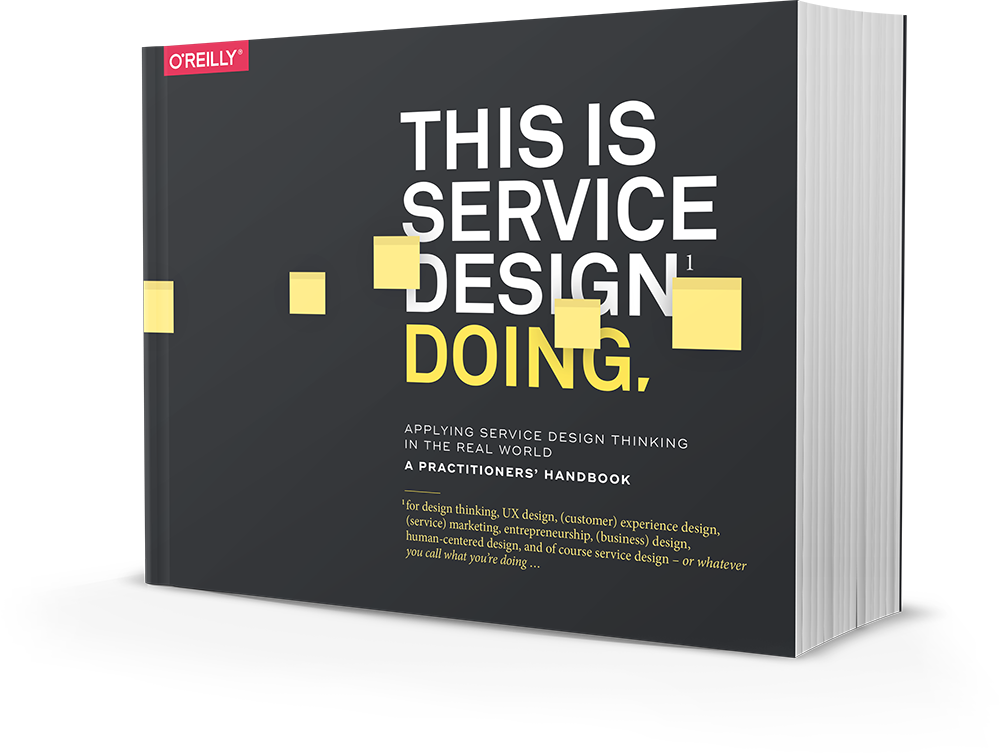2021年3月30日 星期二
Lecture 15 社會創新
2021年3月26日 星期五
行動研究
身心障礙活動家 15:00
定義:不是透過玻璃觀察研究對象,而是有意識的介入並同時建立夥伴關係
行動研究尋求轉換現狀的變革,而不是純粹為了知性或學術的目的
採取行動並同時進行研究
MIT Professor Kurt Lewin, 1944
特性:由規劃,行動,事實發現,反思所組成的螺旋式前進過程,而非傳統的假設,驗證,結論,不足部分則歸為研究限制的線性研究過程
行動研究中問題重塑為常態,尋求改變現狀解決問題,獲得結論不是目的
研究者與被研究者互為主體性,彼此充權
哲學:預先的知識未必是有益的,平等的互相學習彼此是必要的
果凍的故事
窮人是沒錢過生活的專家
身障者是帶著障礙每日過活的專家
我們對其經驗世界是無知的,因為我們是未曾有如此經驗的存在,因此歸零重新學習是必要的
我們不知道他們所面臨的問題,我們不知道他們真正的需求,所以需要行動研究去深入
本質:一個進入田野,歸零,觀察,互動,參與,反思,尋求變更的過程
知識乃從行動後的事實發現所獲得,知識是根基於田野脈絡的,從田野獲得的知識具有在地屬性,知識可以應用在行動上
失智醫生 49:00 expired
這部紀錄片增進了哪些對失智症的了解。
一年的跟拍
從 醫生vs. 病人 到 醫生也是病人
日間照護真的適合失智症病人嗎? 自己參加日間照護後,覺得寂寞,不開心,不想去,沒有意思
考慮到家人減輕負擔的需求,沒有考慮病人的需求
醫生研究大腦,神經系統的病變,卻不曾觸及病人內心世界,患病後的不安,焦慮
無法安慰病人,因為他們如此痛苦
患病後日常確定性減少
日記中寫下對妻子細心照顧的感謝
失智症醫師得了失智症,研究才算完成
討論:
勞資劇場,酗酒,家暴
Set traps
2021年3月23日 星期二
Lecture 14 Design Thinking
- 史帝夫·賈伯斯不做民調,他重視主觀判斷和追求熱情,而不是過度依賴客觀和理性。
- 蘇聯過分注重理性、客觀、科學,結果因計算錯誤導致經濟崩潰。
- 科學有限,真正重要的決策不能單靠科學,要相信常識。
- 科舉教育會讓人變笨,當科學與常識牴觸時,要100%相信常識。
- 是企業主動進行行銷活動或開發新產品,才能創造和改變客戶需求,而不是被動等候。
- 在政治上,是主動推出某些作為,民意才會跟進改變。
- 在商業和政治領域中,依賴市場調查或民調來決策都是愚蠢的,會無所作為而需求持續下降。
- 這種迷思會限制一個人終身。
- 11種設計思維開發出來的產品(Pilllpack,Airbnb)
- 盲人偏愛搭電梯(?)的故事
- MRI for children
設計思維 圖示
設計思維簡介 3:57
Ideate (best idea vs a lot of ideas)
Prototype (fast, real)
Test (feedback)
Hirabayashi Kei 輪椅 X 時尚 15:00 NHK Video
From the information provided in the transcript, Hirabayashi Kei's approach to fashion design aligns with elements of design thinking, although it might not be explicitly termed or identified as such in the context of the transcript.
Here's how Hirabayashi's actions and perspectives reflect aspects of design thinking:
Empathy: He demonstrates a deep understanding of the needs and challenges faced by people with disabilities. His designs, such as the "Bottom'all" and wheelchair-friendly jackets, are born out of conversations and empathy for individuals who struggle with clothing due to physical limitations.
Problem-Solving Orientation: Hirabayashi identifies a problem - the lack of stylish and accessible clothing for people with disabilities. His designs aim to solve this problem by offering practical, comfortable, and fashionable clothing options for everyone.
Iterative Process: He iterates on his designs, making adjustments and improvements based on feedback and real-life experiences. For instance, the "Bottom'all" evolved from a conversation with a wheelchair user about the difficulties of dressing fashionably.
User-Centric Approach: Hirabayashi's focus is on the end-users, ensuring that his designs cater to their specific needs and preferences. He considers factors like ease of wear, comfort, and style for individuals with disabilities.
Collaboration and Feedback: He engages with the community, seeking input and collaboration. He involves both disabled and able-bodied individuals in modeling his designs, promoting inclusivity and gathering feedback for further improvements.
While the term "design thinking" might not be explicitly mentioned, Hirabayashi Kei's approach to fashion design embodies many of its core principles by placing empathy, problem-solving, iteration, user-centricity, and collaboration at the forefront of his work.
- 設計你的人生 25:20
練習(觀察)
五種蔬菜,最近吃過的
五種路邊花草,最近走路經過的
五個優點,你有想過嗎
五個缺點,你知道嗎
關注傾聽
在自然場域中(非實驗室),關注使用者展現真實的執行過程
設計思維 作者 La Bon





